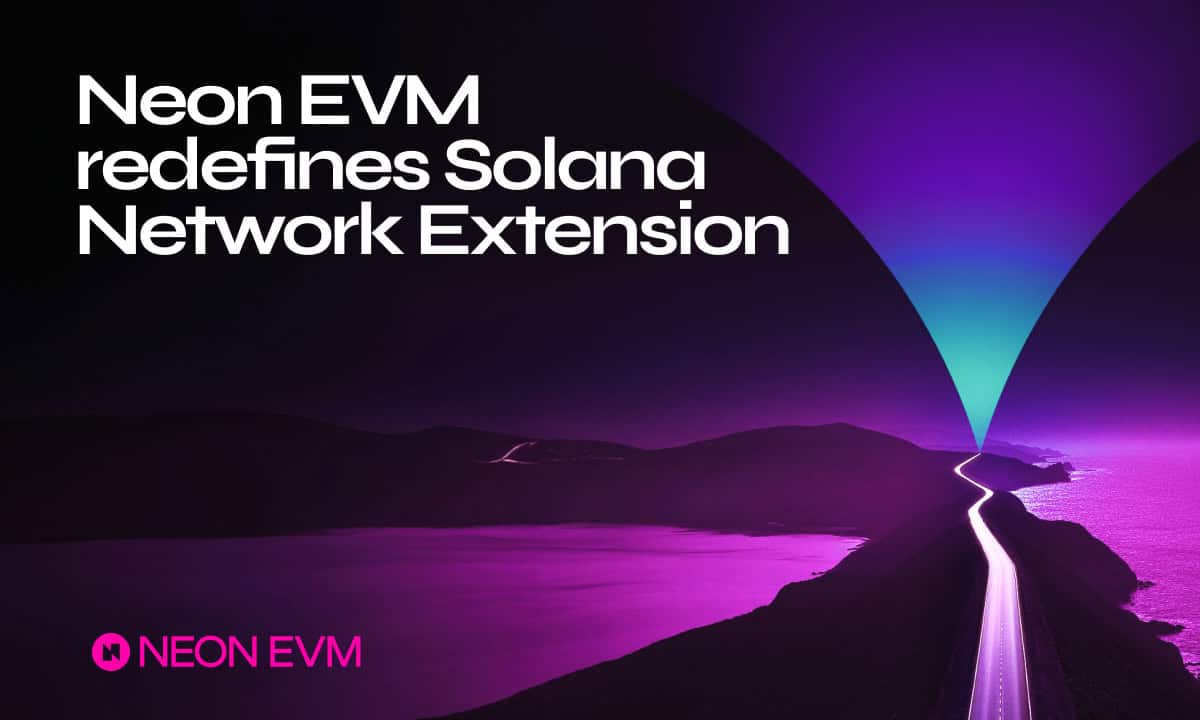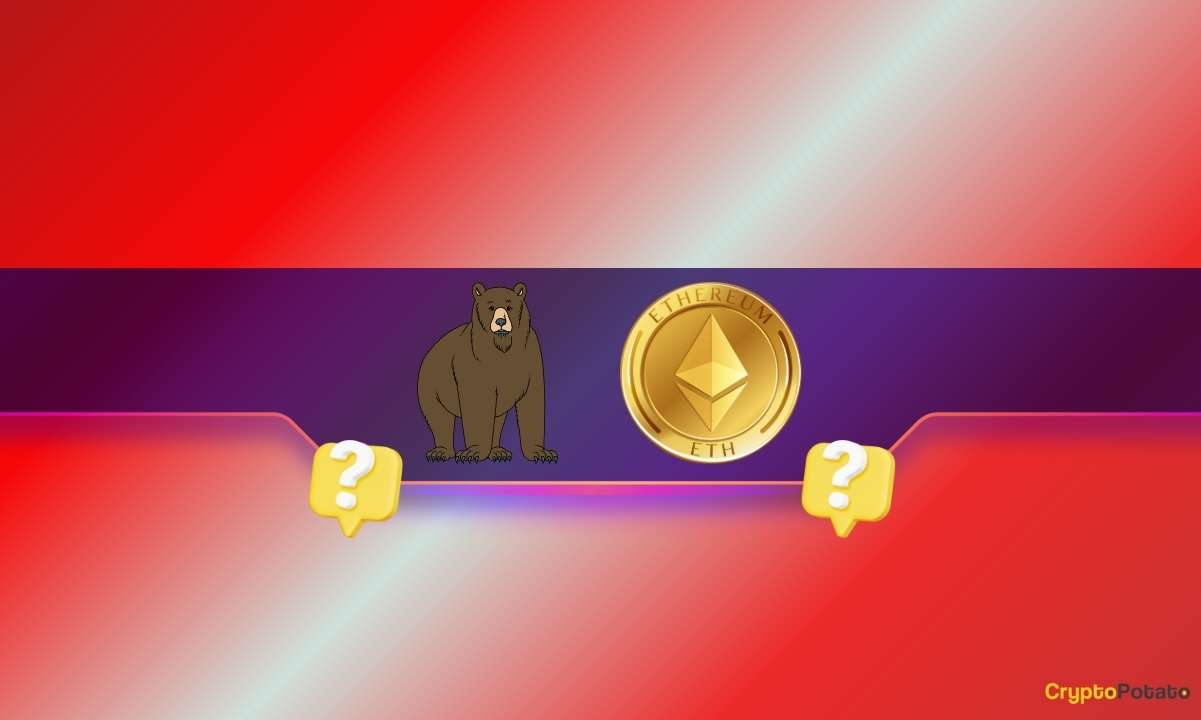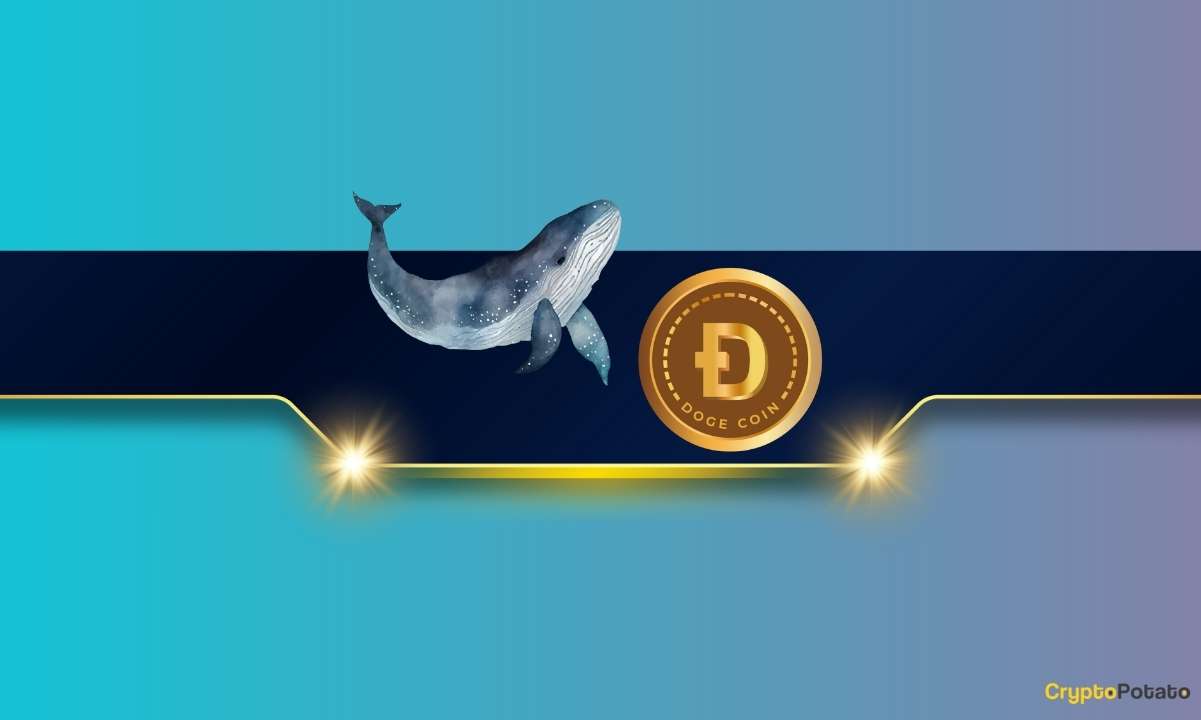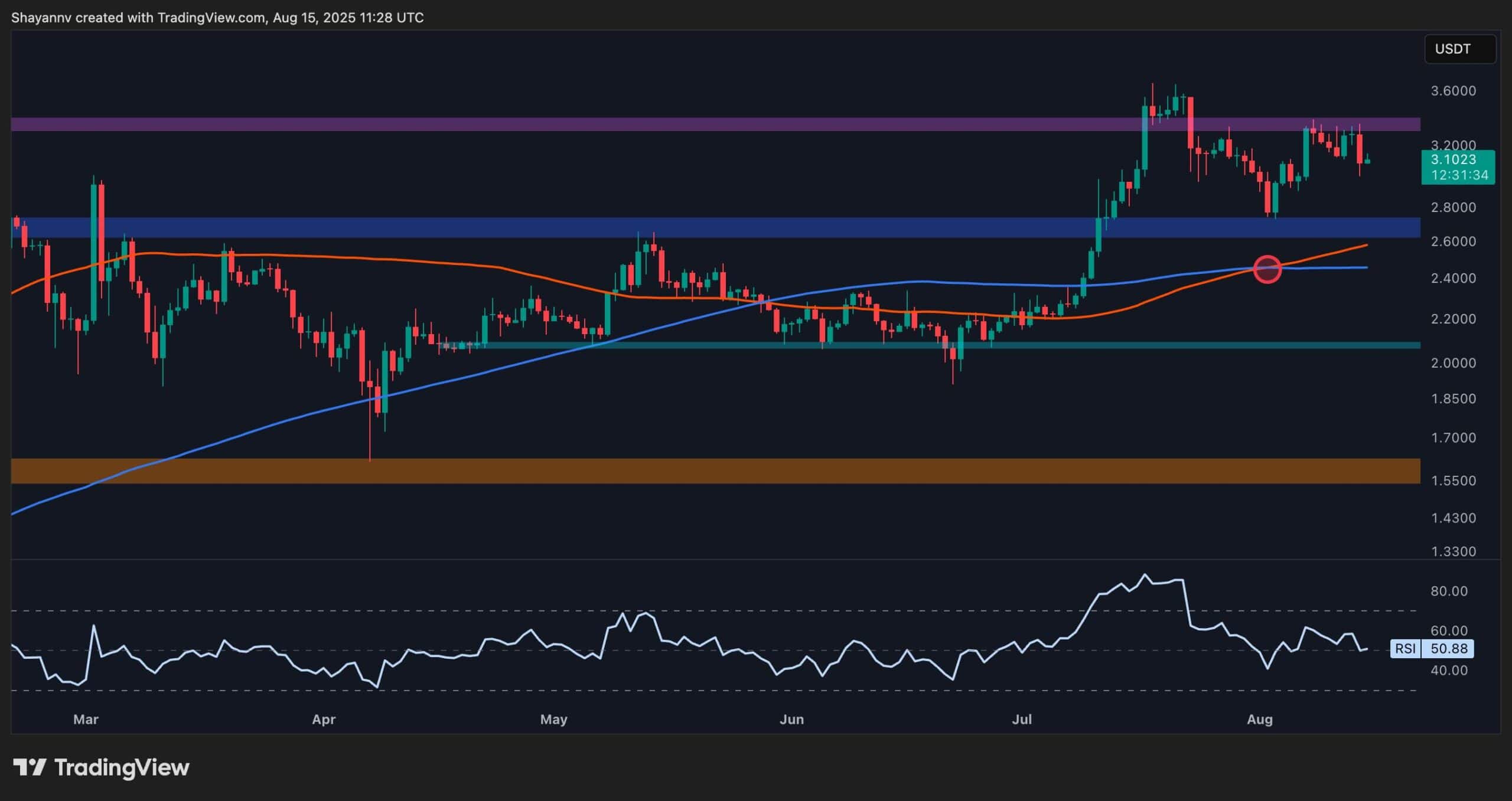Cryptocurrency
Neon EVM Adopts Network Extensions to Redefine Solana’s Product Categories

[PRESS RELEASE – London, United Kingdom, October 16th, 2024]
Neon EVM Pioneers the Network Extension Category on Solana, Ushering in a New Era of Unified Growth.
Neon EVM, a leading Ethereum Virtual Machine (EVM) on Solana, formally adopts Solana Network Extension as a product category, perfectly capturing the essence of this new category. Network Extensions fill a critical gap in the Solana ecosystem. By offering a formal category for projects that natively extend Solana’s functionalities, Neon EVM provides clarity to developers, investors, and users alike.
Traditionally, the positioning resulted from the inherent nature of Neon EVM and various other projects (MagicBlock, MetaPlex, etc.) since these are not typical Layer 1 or Layer 2 blockchains.
Unlike traditional rollups, L2s, or sidechains, Neon EVM is a program deployed directly on Solana’s blockchain and relies upon its settlement, consensus, and data availability. Today, this makes Neon EVM part of an emerging product category known as Network Extensions—a native, composable expansion of Solana’s core capabilities, stirring up debate.
The controversy sparking the Network Extensions category
Solana’s Network Extensions sparked controversy in September 2024, with co-founder Anatoly Yakovenko calling Ethereum’s L2 solutions “parasitic.” Yakovenko argued that L2s drain liquidity and fragment the ecosystem, a view echoed by Solana advocates who said L2s create a disjointed user experience. In contrast, Yakovenko claimed Solana’s Network Extensions are “natively composable” and enhance the core chain without pulling liquidity. Supporters emphasized that they are not disguised L2s but maintain a direct connection to Solana’s base layer, enabling seamless composability without Ethereum’s issues.
Network Extensions differ fundamentally from L2s.
Unlocking Seamless Ethereum Compatibility on Solana: Neon EVM as a Native Network Extension
Solana sees its Network Extensions as specialised modules that broaden the L1 blockchain’s core functionalities. These extensions natively integrate with the Solana base layer, allowing new capabilities to be added while preserving the core performance and composability of the underlying L1 chain.
Neon EVM epitomises this concept by enabling Ethereum compatibility for dApps while maintaining an execution environment with Solana. Neon isn’t a typical L2—it runs as an EVM (Ethereum Virtual Machine) on Solana’s blockchain, providing compatibility with Ethereum-based applications while remaining fully integrated with Solana’s L1. Unlike Optimistic or ZK Rollups, Neon doesn’t process transactions off-chain, but via Neon Proxy. Instead, it allows developers to deploy Ethereum dApps on Solana, leveraging Solana’s core capabilities— and no Rust coding is needed. Neon EVM seamlessly integrates with Solana at the protocol level and maps Ethereum transactions directly into Solana instructions, leveraging Solana’s advanced Sealevel transactional infrastructure. As a result, dApps running on Neon EVM benefit from Solana’s high-throughput environment and unparalleled scalability, enabling parallel processing and efficient execution.
This technology positions Neon EVM as a key player in enhancing the accessibility and composability of blockchain applications to the Solana ecosystem.
The Solana Foundation team has reiterated Neon EVM’s role as a Network Extension on social media platform X, as seen in the post below, while Anatoly Yakovenko, co-founder of Solana, has clearly stated that Neon EVM is definitely not an L2.
Davide Menegaldo, CCO of Neon EVM and highlights the importance of network extensions, stating, “Network Extensions offer a powerful way to enhance and augment the capabilities of blockchain networks like Solana without the downsides typically associated with traditional scalability solutions.” Menegaldo further takes a deep dive and explains the key to determining Network Extensions:
– Unified Liquidity: By operating within the same liquidity pool, Network Extensions prevent the liquidity fragmentation that often occurs with Layer 2s or sidechains, ensuring a more unified and efficient ecosystem.
-Enhanced User Experience: The user gets to use native wallets and tools with ease, abstracting away all complexities associated with multi-chain and fragmented environments.
– Remains native to the host chain, extending core functionality: Network Extensions are deeply integrated into the base layer and do not compete with or directly overlap it. They expand Solana’s capabilities by adding new features, new execution environments, storage or consensus capabilities, NFT functionalities without replacing the core functionalities of the underlying Solana environment.
Projects like MagicBlock with Ephemeral rollups, and MarginFi, are creating tools, services, and infrastructure that don’t always fit into well-defined single categories of L1 and L2 terminologies.
To fully comply with the definition of Network Extensions, Neon EVM will abstract away the complexities of the EVM layer, ensuring a seamless experience for users. EVM developers can fast-track their deployment on Solana without needing to chart the complexities of Rust. Solana users can interact with these dApps through their preferred wallets, such as Phantom, Backpack, or Solflare, paying gas fees in Solana-native currency.
This composable and intuitive user experience ensures that while the technology behind these applications is Ethereum-compatible, the end-user will benefit from a unified user experience – without even noticing the underlying Ethereum-like codebase powering the dApps.
Neon EVM drives innovation in Solana, expanding beyond traditional blockchain models
Network Extensions in the Solana ecosystem are setting a new precedent for how blockchain infrastructure can evolve beyond the traditional L1 and L2 models. As Solana continues its growth trajectory with Firedancer and many upcoming updates, Neon EVM is poised to play a pivotal role in accelerating innovation, bringing unparalleled growth opportunities to developers and users alike. The future of blockchain is extensible, and Neon EVM is poised to lead the charge beyond the standard pathways.
About Neon EVM
Neon EVM is the first of its kind—a Network Extension on Solana—designed to seamlessly integrate Ethereum Virtual Machine (EVM) compatibility into Solana’s high-performance ecosystem. By operating natively within Solana’s base layer, Neon EVM provides Ethereum developers with a fast, high-throughput pathway to deploy their EVM dApps on Solana, without the need Rust coding, separate blockchain layers, or fragmented liquidity. It enhances the composability of dApps while preserving Solana’s core advantages. Neon EVM expands Solana’s capabilities, offering a unified experience where Ethereum-based projects can thrive with the speed and scalability Solana is known for.
For more information about Neon EVM, users can visit neonevm.org and connect with the community on Twitter or Discord.
Binance Free $600 (CryptoPotato Exclusive): Use this link to register a new account and receive $600 exclusive welcome offer on Binance (full details).
LIMITED OFFER 2024 at BYDFi Exchange: Up to $2,888 welcome reward, use this link to register and open a 100 USDT-M position for free!
Cryptocurrency
Ethereum Foundation, Whales, and Hackers: What’s Driving the ETH Sell-Off?

TL;DR
- Whales, hackers, and the Ethereum Foundation wallets moved over $500M in ETH through large sales and withdrawals.
- Ethereum transfers rose to 4.6M ETH, nearing the monthly high of 5.2M recorded in July.
- Staking inflows hit 247,900 ETH, the highest in a month, locking more supply from trading.
Large Withdrawals and Whale Activity
Ethereum (ETH) has seen heavy movement from major wallets over the past few days. On-chain data from Lookonchain shows a newly created wallet pulled 17,591 ETH, worth $81.62 million, from Kraken in just two hours.
Over three days, two new wallets withdrew a combined 71,025 ETH, valued at $330 million, from the exchange.
One of these wallets, address 0x2A92, has withdrawn 53,434 ETH, worth $242.34 million, in two days. This includes a recent purchase of 30,069 ETH, valued at $138.46 million, during a market drop.
Major ETH Holders Offload Millions Amid Price Rally
In contrast, several separate entities have been disposing of some ETH holdings. A wallet tied to a hacker address 0x17E0 sold 4,958 ETH for $22.13 million at $4,463, securing a profit of $9.75 million. Earlier this year, the same address sold 12,282 ETH at $1,932 and later bought back part of the amount at higher prices.
A different whale sold 20,600 ETH for $96.55 million over the past two days, generating a profit of more than $26 million after holding the position for nine months.
Meanwhile, an Ethereum Foundation-linked wallet, 0xF39d, sold 6,194 ETH worth $28.36 million in the last three days at an average price of $4,578.
Recent sales from the same wallet included an additional 1,100 ETH and 1,695 ETH for over $12.7 million combined.
The #EthereumFoundation-linked wallet(0xF39d) sold another 1,300 $ETH($5.87M) at $4,518 ~11 hours ago.
Over the past 3 days, this wallet has sold a total of 6,194 $ETH($28.36M) at an average price of $4,578.https://t.co/4hfCWymHVG pic.twitter.com/ErUyEY8SJy
— Lookonchain (@lookonchain) August 15, 2025
Network Activity on the Rise
CryptoQuant data shows Ethereum’s total tokens transferred have been climbing since August 9. After ranging between 1 million and 3 million ETH through late July and early August, transfers have risen to 4.6 million ETH, approaching the monthly high of 5.2 million recorded in mid-July. This increase has occurred alongside a price rally from about $3,400 to $4,600.
Interestingly, staking inflows generally stayed between 20,000 and 80,000 ETH per day over the past month. On August 14, inflows jumped to 247,900 ETH, the highest in the period.
At the time, ETH was trading near $4,600. Large staking deposits reduce the amount of ETH available for immediate trading, as staked coins are locked for a set period.
In the meantime, ETH trades at $4,647 with a 24-hour volume of $68.25 billion, down 2% on the day but up 19% over the week.
Binance Free $600 (CryptoPotato Exclusive): Use this link to register a new account and receive $600 exclusive welcome offer on Binance (full details).
LIMITED OFFER for CryptoPotato readers at Bybit: Use this link to register and open a $500 FREE position on any coin!
Cryptocurrency
Massive DOGE Whale Activity Hints at $1 Breakout

TL;DR
- Whales bought two billion DOGE this week, lifting their combined holdings to 27.6 billion coins.
- A single 900M DOGE transfer worth $208M to Binance drew attention to large exchange movements.
- DOGE broke key resistance, with momentum building for a possible push toward the $1 price mark.
Price and Market Moves
Dogecoin (DOGE) traded at $0.23 at press time, slipping 4% over the past day but still showing a 2% gain for the week. Daily turnover came in at about $6.18 billion.
Meanwhile, the broader crypto market saw over $1 billion in liquidations. Hotter-than-expected US Producer Price Index data pushed traders to scale back expectations of a near-term Federal Reserve rate cut. DOGE had roughly 290,500 coins liquidated during the sell-off.
On the two-week chart, analyst Trader Tardigrade notes that DOGE has cleared a downward-sloping resistance line after completing what appears to be a “wave V” in an Elliott Wave sequence. Similar setups in the past, where prolonged declines stayed within falling channels before breaking higher, have been followed by sharp rallies.
$Doge/2-week#Dogecoin is gaining strong momentum to surge above $1 pic.twitter.com/TuSEKr19nv
— Trader Tardigrade (@TATrader_Alan) August 15, 2025
Momentum gauges are also turning up. The Stochastic RSI, which had dropped into oversold territory, is now heading higher. Previous reversals from this zone have coincided with sustained upward moves. The current formation points to a possible run that could carry DOGE past the $1 mark.
Heavy Whale Buying and Large Transfers
As reported by CryptoPotato, blockchain data shows large investors have added two billion DOGE in the past week, spending just under $500 million. That brings their holdings to about 27.6 billion coins, or 18% of the supply. The buying streak has prompted speculation within the community.
Recently, Whale Alert flagged a 900 million DOGE transfer worth about $208 million into Binance. The tracking indicates that it originated from a wallet connected to the exchange, likely as an internal activity. The address involved holds 2.88 billion DOGE, one of the largest balances on the network.
Ali Martinez also reports that transactions above $1 million reached a one-month high, with activity building since early August and peaking as DOGE traded at $0.25.
Whales are back! Dogecoin $DOGE activity at a 1-month high. pic.twitter.com/C83Pv68mCt
— Ali (@ali_charts) August 14, 2025
Sentiment Building
Analyst Gordon described the current setup as “a nice bit of consolidation” before a potential breakout, adding,
“This will be one of the first coins normies FLOCK to & the pump will be MASSIVE.”
With whale accumulation rising, high-value transfers increasing, and a bullish technical pattern in play, DOGE is positioned for a potential push toward $1 if momentum holds.
Binance Free $600 (CryptoPotato Exclusive): Use this link to register a new account and receive $600 exclusive welcome offer on Binance (full details).
LIMITED OFFER for CryptoPotato readers at Bybit: Use this link to register and open a $500 FREE position on any coin!
Cryptocurrency
Ripple Price Analysis: XRP at Risk as Key Support Levels Could Trigger Sharp Drop

XRP has recently entered a consolidation phase after a strong rally earlier this summer, with the price action now hovering around key resistance levels on both its USDT and BTC pairs. Yet, while momentum has slowed, the charts still indicate a generally bullish structure, with multiple key support levels remaining firmly in place.
Technical Analysis
By ShayanMarkets
The USDT Pair
On the XRP/USDT daily chart, the price is currently trading near the $3.10 mark, facing a strong resistance zone around $3.40. This follows a breakout above the $2.70 range in July, which has now flipped into a support area.
Both the 100-day and 200-day moving averages are also trending upward and recently formed a bullish crossover around $2.45, reinforcing the medium-term bullish sentiment. If the $3.40 resistance breaks, a push toward the critical $4.00 range becomes likely.
However, the RSI hovering near the neutral 50 level suggests a lack of strong momentum for now, meaning a short-term pullback into the $2.80 support zone is still possible.
This zone will be key for maintaining the bullish structure. Losing it could open the door for a deeper correction toward the 200-day moving average located around the $2.40 mark. Yet, as long as the price stays above the moving averages, the broader trend remains bullish.
The BTC Pair
Looking at the XRP/BTC chart, the pair has recently pulled back after hitting the 3,000 SAT resistance, with the price currently around 2,600 SAT.
This follows a clean breakout above the long-term descending channel and a successful retest of its upper boundary, which coincided with the 200-day moving average and the 2,400 SAT support zone. This confluence remains a key bullish technical factor, as holding above it could attract renewed buying pressure.
That said, RSI levels around 48 show that momentum has cooled after the sharp July rally, meaning XRP may continue ranging between 2,400 SAT and 3,000 SAT in the near term. A decisive close above 3,000 SAT would likely open the path to the 3,400 SAT zone, while losing 2,400 SAT could shift the bias back toward 2,000 SAT support. For now, the structure still favors the bulls as long as higher lows remain intact.
Binance Free $600 (CryptoPotato Exclusive): Use this link to register a new account and receive $600 exclusive welcome offer on Binance (full details).
LIMITED OFFER for CryptoPotato readers at Bybit: Use this link to register and open a $500 FREE position on any coin!
Disclaimer: Information found on CryptoPotato is those of writers quoted. It does not represent the opinions of CryptoPotato on whether to buy, sell, or hold any investments. You are advised to conduct your own research before making any investment decisions. Use provided information at your own risk. See Disclaimer for more information.
Cryptocurrency charts by TradingView.

 Forex3 years ago
Forex3 years agoForex Today: the dollar is gaining strength amid gloomy sentiment at the start of the Fed’s week

 Forex3 years ago
Forex3 years agoUnbiased review of Pocket Option broker

 Forex3 years ago
Forex3 years agoDollar to pound sterling exchange rate today: Pound plummeted to its lowest since 1985

 Forex3 years ago
Forex3 years agoHow is the Australian dollar doing today?

 Cryptocurrency3 years ago
Cryptocurrency3 years agoWhat happened in the crypto market – current events today

 World3 years ago
World3 years agoWhy are modern video games an art form?

 Commodities3 years ago
Commodities3 years agoCopper continues to fall in price on expectations of lower demand in China

 Economy3 years ago
Economy3 years agoCrude oil tankers double in price due to EU anti-Russian sanctions























